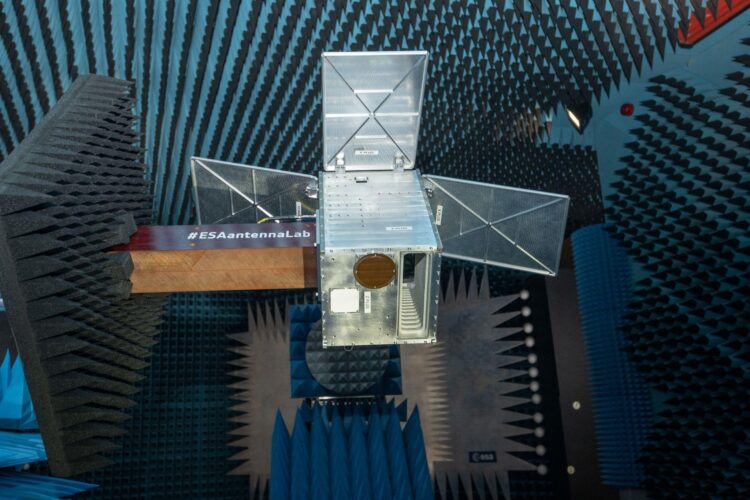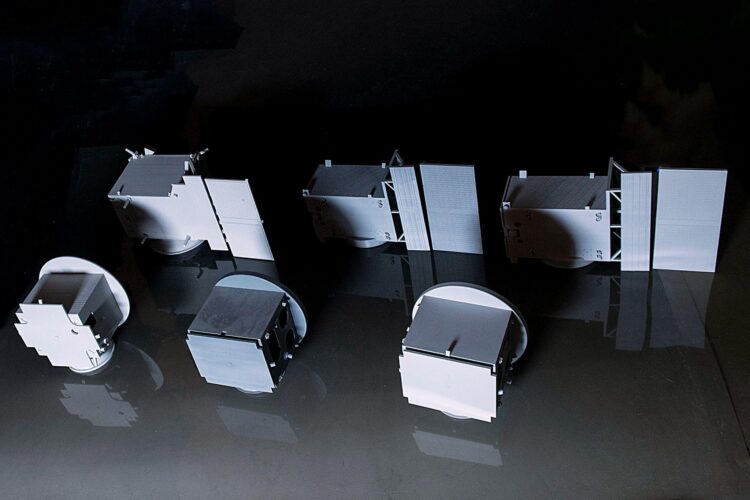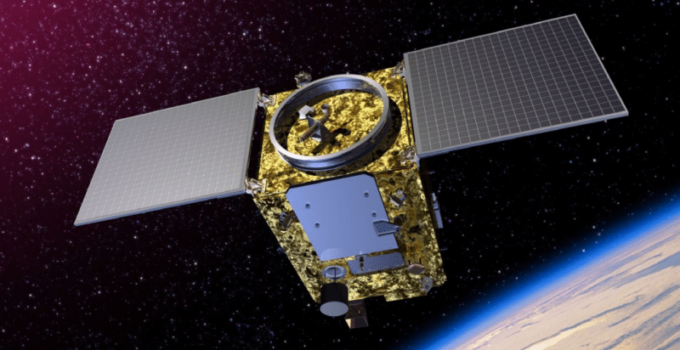Most spacecraft operating in our planet’s orbits have two major components — payload and a space bus hosting it. Space buses and the payloads they accommodate are complex, closely integrated pieces of equipment that achieve a hundred useful tasks in space. As you well know, satellites are used for all sorts of purposes — from broadcasting TV and Internet signals to monitoring the Earth and forecasting weather. None of that would have been possible without using space bus technology. So, what are space buses? Read on to find out.
Main Purpose & Modelling of Space Bus

Space Bus Missions
A space bus is a platform that holds any equipment necessary for the spacecraft to function. Even though satellites may have different tasks, such as broadcasting communication signals or taking pictures of our planet, the space buses that accommodate electronic equipment are very similar in their designs because they are built with almost identical subsystem components.
So, what are examples of the bus subsystem of a spacecraft? Think of this as any given computer that always comes with a processor, access memory, storage unit, motherboard, etc. Similarly to this, any space bus will necessarily have:
- Command and data system for receiving and sending signals back to ground stations on Earth
- Communication systems and antennas for capturing data in space
- Electrical power supply system
- Thermal control system to maintain the necessary temperature
- Guidance and propulsion system to adjust obit parameters or avoid collisions with space debris
- Structures and trusses to hold all these complex systems together
- Any other equipment, sensors, or imagers necessary for a satellite to serve its particular goals
But why is it called a spacecraft bus? Mostly because a single, generally elongated platform holds all of this complex equipment together. And now, let’s take a closer look at each subsystem component to see how it all works together.
Space Bus Subsystems in Detail

The primary subsystem for any bus is structures and mechanics. Depending on space bus missions and satellite goals, structures and mechanics can be very different from one spacecraft to another. This is the primary satellite hardware — i.e., imagers for Earth observation missions and radio transmitters for communication spacecraft. Still, regardless of mission type, any mechanics must be designed with minimum weight and maximum functionality in mind.
An electrical power supply is another crucial component for any space bus. It powers not only the payloads (sensors, imagers, scientific tools, etc.) but the whole bus in general. The space bus voltage may vary significantly from one structural component to another, so the point-of-load distribution is often a must. Besides, all power equipment must be designed to withstand drastic temperature fluctuations and space radiation, which is a challenge all in itself.
Another important subsystem no space bus could do without is an altitude control system. In a way, its goal is very similar to the systems of thrusters and propulsions that keep satellites in their calculated orbits and perform any manoeuvres when necessary. But there is a difference, too. Altitude control relies on sensors rather than thrusters. These sensors can look at the Sun, the Earth, and other planets to calculate factual spacecraft position. And if any position adjustment is necessary, the propulsion system will come in. Here, it is important to keep in mind that all thrusters burn fuel, which is why ground operators do not often ‘move’ spacecraft around. Until very recently, satellite refuelling in orbit was impossible, and even though it is not the case now, the procedure is still complex and expensive.
Finally, there is a thermal control system, without which bus operation in the open space would not be possible. It ensures proper bus temperature by using special coatings and paints, along with heater strips. Often, multi-layer insulation blankets are also necessary to make sure the spacecraft survives extreme colds of space. And depending on the space bus design, more complex controllers may be included, too.
Types of Satellites in Highest Demand Today
Now that you know what major subsystems any given space bus should include, the next question is — what satellites are in the highest demand today? In general, how many types of space vehicles are there? Right now, all satellites can be divided into five categories determined by their size and weight. Minisatellites, for example, are not as ‘mini’ as one may think, varying from 100 to 180 kg. Microsatellites start at 10 kg and should not exceed a hundred-kilo limit. Nanosatellites are even smaller, from one to ten kilos, whereas picosatellites are less than one kilo in weight. But the real record holders today are CubeSats, which weigh from 1 to 60 kg.
Still, the main reason why CubeSats are so popular today is not their weight but rather their unified assembly. They rely on standard scalable technology measured in Units. This standardization also makes integration into a space bus easier, which is why we can expect to see even more CubeSats and their accommodating buses in the near future.
As we continue to explore space and expand our technological capabilities, the future of space buses and satellite missions is poised for rapid advancement. One of the most significant developments we can expect in the coming years is the increasing role of autonomous systems in satellite operations. Autonomous space buses will be able to perform a variety of complex tasks without human intervention, reducing the need for constant communication with ground control and enabling faster and more efficient decision-making in space. This will be particularly useful for deep space missions, where communication delays can be a significant challenge.
Another area of growth is the development of reusable space buses. Just as reusable rockets have revolutionized space travel by reducing costs and making space more accessible, reusable space buses will further streamline satellite launches and operations. By reusing components and reducing the need for constant replacement, space agencies and private companies alike will be able to deploy more satellites at a lower cost, increasing the overall sustainability of space exploration.
In addition, as the demand for smaller, more efficient satellites like CubeSats continues to grow, we can expect further miniaturization of space bus components. This trend will allow for even more compact and cost-effective satellite systems, opening up new possibilities for scientific research, communication, and Earth observation on a global scale.





